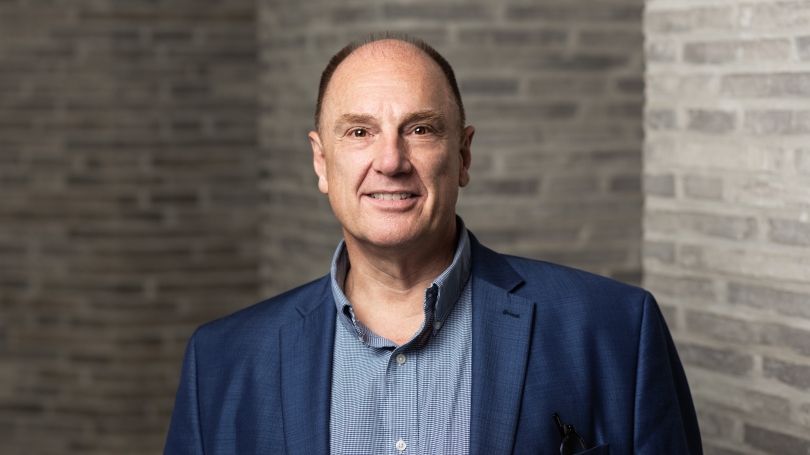The Art We Hold and the Dreams We Nurture
JOHN R. STOMBERG, Virginia Rice Kelsey 1961s Director
Hood Quarterly, summer 2023
The conversation started simply enough.
The Hood Museum curators were gathered around a conference table discussing the new Collections Development Plan (CDP). Different from the well-established tenets of our Collections Management Plan (CMP), which guides the care of our art, the CDP would align with our strategic plan to steer us as we sought to diversify the collections of the museum. We knew we wanted to have the variety of art in our care reflect both our stated values and the needs of the ever-more-engaged student population at Dartmouth.
With seven curators presently serving on staff, all at various stages of their careers and with a wide range of experiences (professional and personal), the discussion became complicated. We had all read different books in graduate school, and we all had serious plans for our own areas of the museum's collections. As we discussed ideas, themes, and specific artists, it became clear that the Hood Museum was about to embark on its most challenging and hopeful chapter yet. To achieve even portions of what we laid out in the draft of the CDP, we would need years of concerted planning and activity in equal parts.
As we move to adopt our plans, our stakeholders will notice. They will see our galleries display ever greater depth in areas we once overlooked (filling holes) and richer offerings in our mature fields (building on strengths). Our faculty and students will have greatly increased art resources from countries and cultures to which we could once only gesture. We have curators with specialties in East Asian art, global Indigenous art and culture, American art, the history of photography, early modern European art focused on Italy, early modern European art focused on the Netherlands, modern art in Europe, and contemporary art. This lineup of expertise has allowed the Hood Museum to dream more broadly and ambitiously than we could have anticipated just a few years ago.
So that day in a room full of curators, it became clear that something new was happening. Ideas spilled out from all directions; inspiration and aspiration led the way and set the stage for action. Already, the team has moved together toward a shared vision of the museum's future collections. Works of art from artists never, or seldom, represented at Dartmouth are showing up in classes and education sessions, in exhibitions and online, in College buildings and on campus. With every passing acquisitions meeting, new works of art enter into the world of Dartmouth, and it is a good thing. A very good thing.
